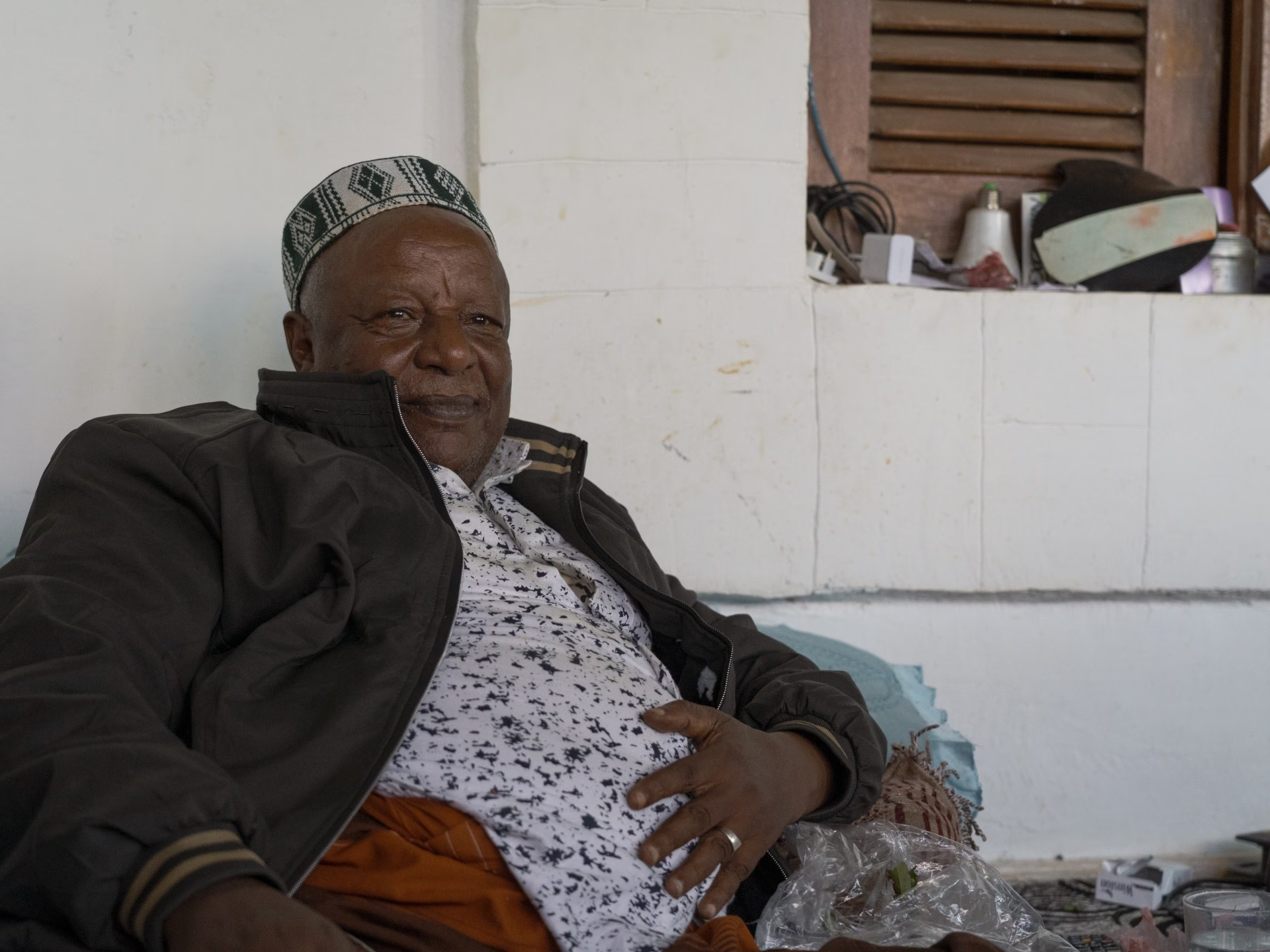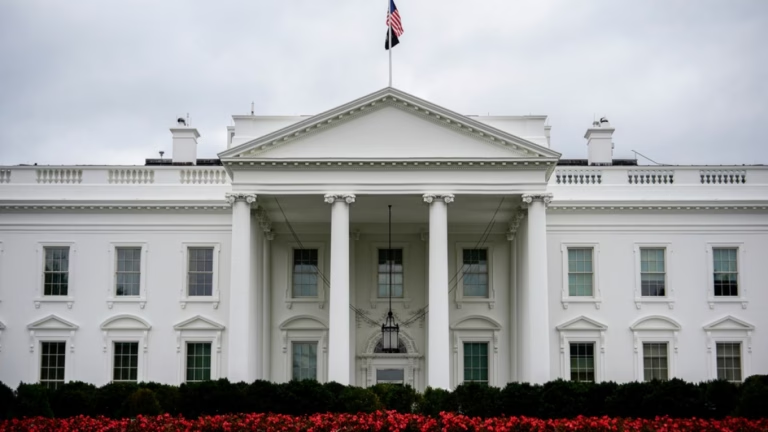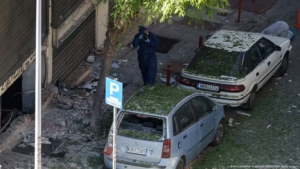<
div aria-live=”polite” aria-atomic=”true”>
Harar, Ethiopia – When Abdallah Ali Sherif was growing up in eastern Ethiopia, his parents never spoke about the history of his city.
“When I asked my parents about our history, they told me we didn’t have one,” the kind-faced 75-year-old recalls as he reclines on a thin mattress on the floor of his home in Harar’s old walled city. Shelves of dusty cassettes line the walls and old newspapers lie scattered about the floor.
The father of five and grandfather of 17 pauses to pluck some khat leaves to chew as he explains: “Our parents were afraid to teach us about our culture or our history.”

‘Peeking through a window’
For centuries, Harar, with its colourful clay houses and narrow cobblestone streets, was a centre of Islamic scholarship and home to a thriving manuscript culture producing Qurans, legal texts, and prayer books in Arabic and Ajami, a modified Arabic script used to write Indigenous African languages.
Nestled atop a plateau that overlooks deserts and savannas linking the coastal lowlands and central highlands of Ethiopia and Somalia, in the 16th century, Harar became the capital of the Adal Sultanate, which at its height controlled large parts of modern-day Somalia, Ethiopia, Djibouti, and Eritrea.
Governed by powerful Muslim rulers, it was situated along trade routes that traversed the Red Sea to connect the Horn of Africa to the Arabian Peninsula and beyond.
Then, in 1887, Harar’s military was defeated by the forces of Menelik II, and the city was forcefully absorbed into a Christian empire.
The following decades were shaped by state repression, social discrimination, and the erosion of the city’s Islamic culture and institutions.
Arabic street signs were replaced with Amharic ones, Harar’s largest mosque was turned into an Ethiopian Orthodox Church, and numerous Islamic educational centres were demolished. Severe restrictions were placed on religious practices and education – once a central part of Harar’s identity.
It was against this backdrop that Sherif grew up.
“We learned from a young age that if we expressed our culture or talked openly about our history, then we could end up in the prisons,” he explains, smacking his wrists together to mimic handcuffs.

Then, in 1991, ethnic federalism, which organised and defined federated regional states by ethnicity, was implemented throughout the country, allowing newfound religious and cultural freedom. The Harari people now belonged to the Harari region, with Harar as its capital.
Ever since, Sherif has been on a mission: To explore his city’s cultural identity by collecting artefacts, from old music cassettes to minted coins, and, most importantly, manuscripts.
After years of painstaking searches going from household to household, he collected enough items to open Ethiopia’s first private museum, Abdallah Sherif Museum, 14 years ago in the hope of reconnecting Harar’s people with their history. The collection of hundreds of old manuscripts has become a particular passion.
“Each book I find, it feels like I am peeking through a window into a beautiful and rich culture that was almost forgotten,” he says.
To preserve these manuscripts, Sherif has also revitalised the ancient tradition of bookbinding. By tracing the last Hararis with knowledge of this art form, he has brought a once-extinct practice back to life.








